5 Reasons Why Breaststroke is Getting Faster!
- 24 Jan 2017
Article sourced from FINIS Workouts and Training Tips Blog
Over the past decade, breaststroke have undergone massive time drops. The Men’s 100-meter breaststroke 2000 Olympic Champion would have placed 19th at the 2015 World Championships. This large discrepancy demonstrates the enormous shift breaststroke has made in the past 15 years.
This reasoning behind this sudden shift in speed is complex. However, understanding the possible factors can further enhance performance. I feel these improvements can be broken down into 5 main categories.
1. Rule Changes: In breaststroke, allowing a dolphin kick on each pullout has certainly breaststroke performance. Adding this extra kick has improved breaststroke by ~0.2 seconds per pullout (theoretical guess). In a 100-m breaststroke, this equals a 0.4 second improvement of the 2.5 second improvement over the past 15 years.
2. Technological Improvements: Swimming has undergone many technological changes over the past 15 years. I’ve discussed in detail the potential improvement of the Omega kick plate blocks in detail on my website Swimming Science. To summarize, these blocks may improve times by ~0.2 seconds (Biel 2010; Honda 2010). On top of this, lane lines, pool depth, and many more small technological improvements have aided performance.
3. Human Genetics: Humans are increasing in size and strength. Many feel this is from training, but continual human evolution is occurring. Also, with more people participating in the sport, the higher likelihood of genetically gifted swimmers entering the sport occurs. When the ultra-gifted swimmers participate in the sport, the higher the chance of the swimmer’s best suited for swimming participate. Combine this with the continually size and strength increase and more potential improvement exists.
4. Training Improvements: Swimming training is shifting from high volume programs to either lower volume and/or high-intensity training. Some may feel they still do a lot of volume, but the current high volume programs are still at a fraction of previous swimming. Allied training has also improved significantly. Dryland has shifted from long running to specific-strength training. Nutrition and mental training have also improved significantly, all further improving breaststroke and swimming.
5. Biomechanical Improvements: Biomechanics play the largest role on swimming performance. Breaststroke used to encourage a wide separation at the knees. This technique increases frontal drag and slows kick rate. For elite 50-m and 100-m breaststroke, a major shift is occurring towards a narrow breaststroke kick, encouraging the swimmer to use hip internal rotation, not hip abduction. This position helps reduce drag and maximize kick propulsion. Moreover, a breaststroke kick originating from hip internal rotation also reduces stress at the knees. This stress reduction at the knees is not resolved, as this stroke has a lot of knee stress, but every little bit helps. To further progress breaststroke swimming, a shift must occur in the technical elements of breaststroke from learn-to-swim to professionals. The FINIS Kick Pro provides the tool for making this shift. The FINIS Kick Pro facilitate the correct breaststroke kick for young swimmers with the wide centerpiece setting. The tool can also help elite breaststroke swimmers maintain their narrow kick during fatigue at the end of a breaststroke set.
Swimming improvement is very complex. For this reason, controlling the variables you can influence is huge! In swimming, biomechanics are the greatest modifiable tool for swimmers. In breaststroke, the kick provides the greatest propulsion and drag. Improve your breaststroke kick with the FINIS Kick Pro, an amazing tool for learning correct biomechanics and maintaining biomechanics during fatigue.
Other Dryland Video for potential use:


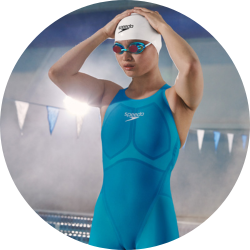



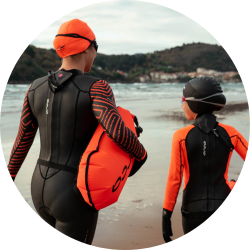

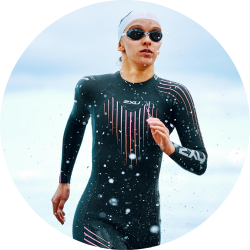

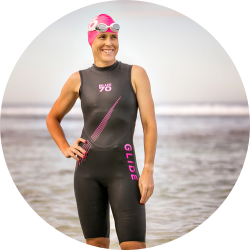



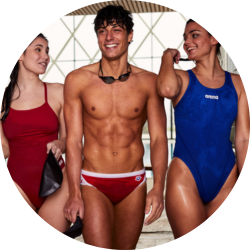
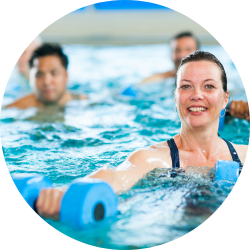































































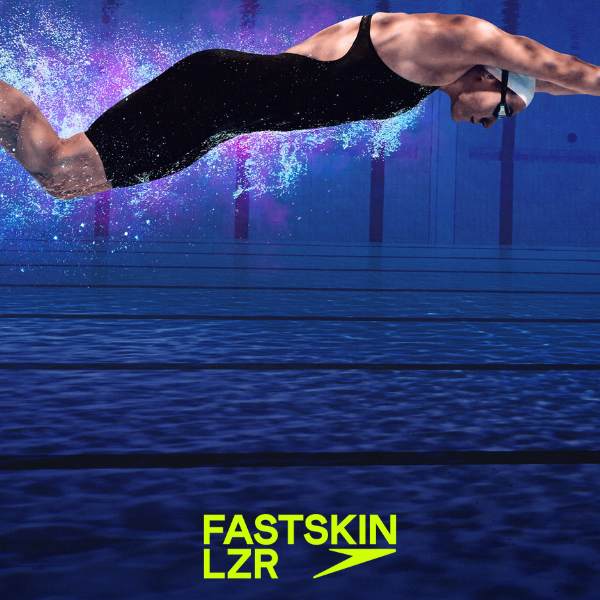
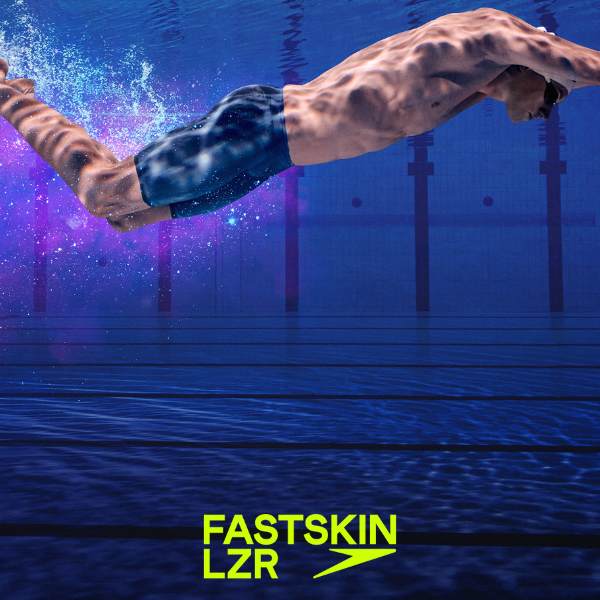










Validate your login